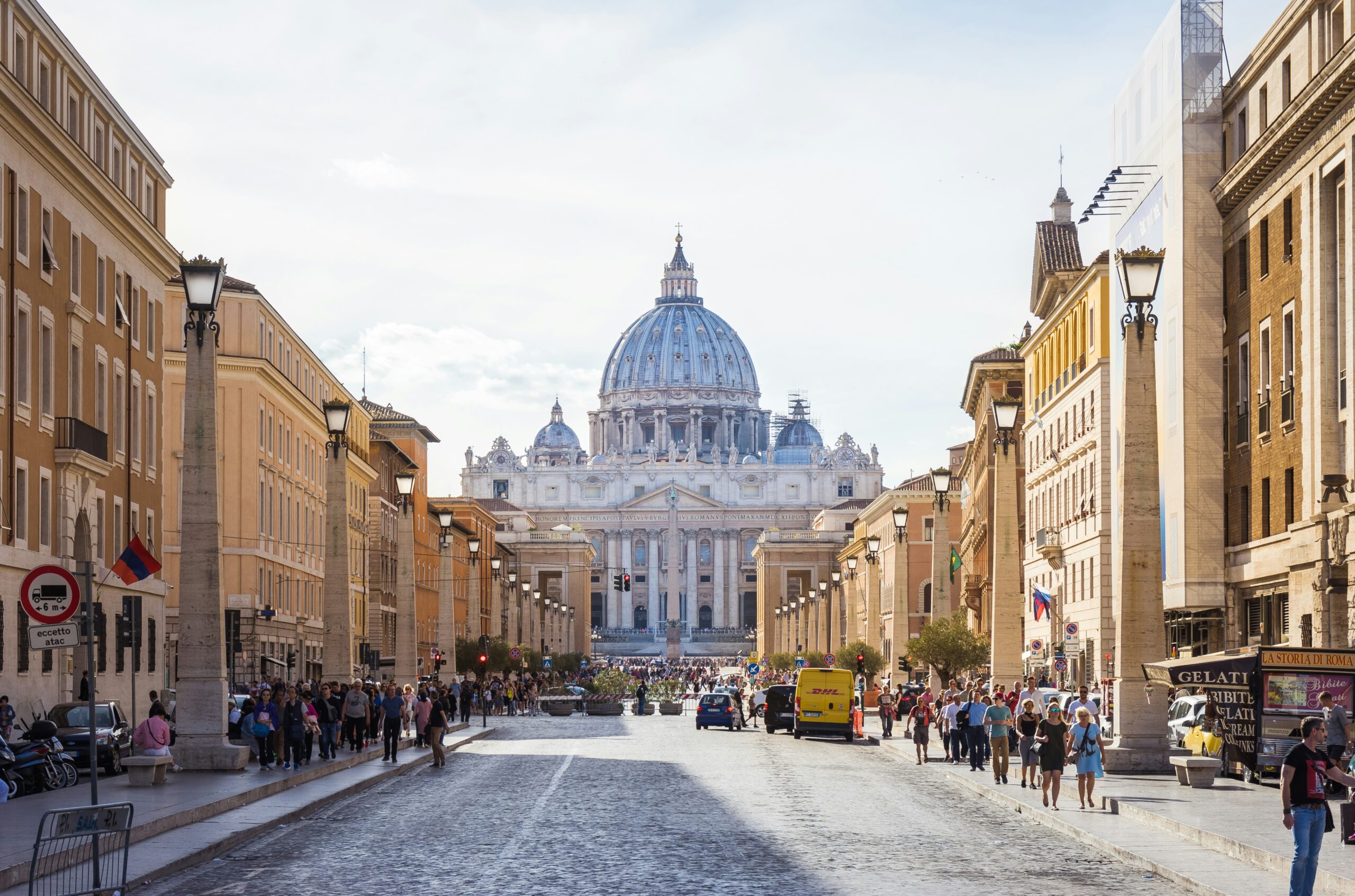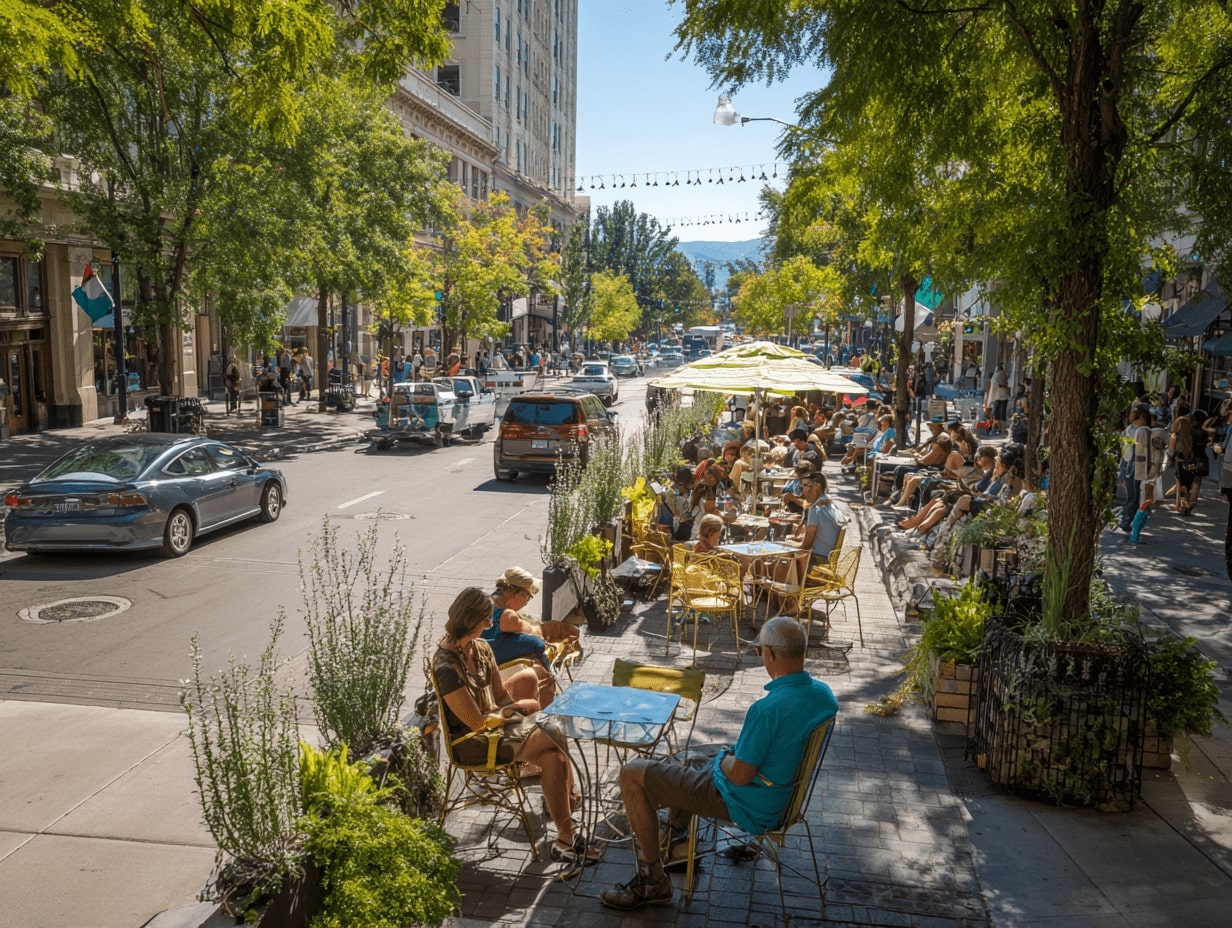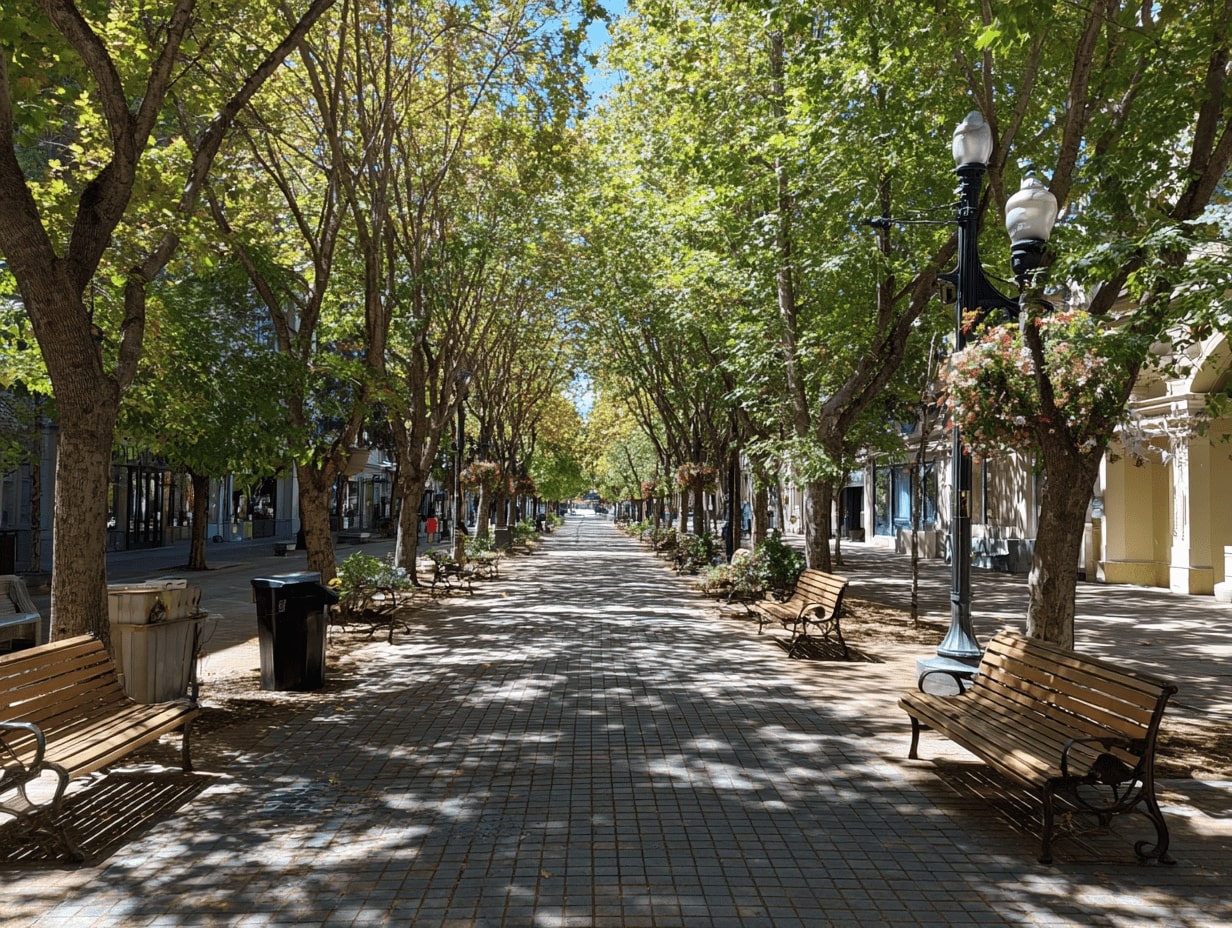- Home
- Articles
- Architectural Portfolio
- Architectral Presentation
- Inspirational Stories
- Architecture News
- Visualization
- BIM Industry
- Facade Design
- Parametric Design
- Career
- Landscape Architecture
- Construction
- Artificial Intelligence
- Sketching
- Design Softwares
- Diagrams
- Writing
- Architectural Tips
- Sustainability
- Courses
- Concept
- Technology
- History & Heritage
- Future of Architecture
- Guides & How-To
- Art & Culture
- Projects
- Interior Design
- Competitions
- Jobs
- Store
- Tools
- More
- Home
- Articles
- Architectural Portfolio
- Architectral Presentation
- Inspirational Stories
- Architecture News
- Visualization
- BIM Industry
- Facade Design
- Parametric Design
- Career
- Landscape Architecture
- Construction
- Artificial Intelligence
- Sketching
- Design Softwares
- Diagrams
- Writing
- Architectural Tips
- Sustainability
- Courses
- Concept
- Technology
- History & Heritage
- Future of Architecture
- Guides & How-To
- Art & Culture
- Projects
- Interior Design
- Competitions
- Jobs
- Store
- Tools
- More
Historical Streets That Tell Architectural Stories: How To See Cities In Layers
Explore how historical streets act as living archives, revealing urban life through spatial patterns, typologies, materials, and signage. With case studies from The Shambles to La Rambla, learn to read architectural stories, see forces of change, and practice mindful street walks, preservation, and adaptive reuse.

Every city keeps secrets at street level. Walk a block with curiosity and we start hearing them, cornices whisper dates, paving stones map trade routes, and shopfronts reveal social habits. In this guide, we explore historical streets that tell architectural stories and show how to read their clues. We’ll decode patterns, materials, and human-scaled details, then roam a few standout streets that chronicle entire eras, all so we can see familiar places with new eyes.
Table of Contents
ToggleWhy Streets Are Living Archives Of Architecture

Buildings are only half the tale: streets stitch the chapters together. A historical street captures successive decisions, planning, commerce, technology, even politics, layered in plain sight. Look at the rhythm of plots, the width of carriageways turned sidewalks, the way utilities and trees negotiate space. These aren’t static museum pieces: they evolve.
When we say streets are living archives, we mean they hold primary sources: original alignments, long-standing property lines, traces of demolished structures on party walls, and patina that no rendering can fake. And because streets prioritize movement and encounter, they also reveal how architecture serves everyday life, where people congregate, where light pools, where thresholds welcome or repel. Read a street well, and we understand the city far beyond a single facade.
How To Read A Street’s Architectural Narrative

Spatial Pattern And Scale
Street widths, block lengths, and setbacks are narrative beats. Tight, twisting lanes suggest pre-modern growth and defensive needs: axial boulevards signal top-down planning and ceremony. Note the cadence of doorways and windows, their spacing hints at historical plot sizes. A sudden change of scale often marks an intervention: a cut-through avenue, a post-war widening, or transit-led renewal.
Facades, Typologies, And Proportions
Typology is the street’s cast of characters, townhouses, shophouses, warehouses, palazzi. Their proportions reveal technology (timber spans, iron columns, concrete frames) and taste (from Gothic verticality to Neoclassical balance). Watch how cornice lines align, or don’t. Consistent heights tell of coordinated regulation: jagged skylines often mark organic, incremental growth. Window-to-wall ratios track heating tech and daylight expectations.
Materials, Craft, And Patina
Brick bonds, stone tooling, limewash, tile, and cast iron each speak of local geology, trade, and craft guilds. Weathering is evidence, not blemish: rounded stair treads map footfall: soot shadows draw past rooflines: nail holes trace lost signage. Replacement materials, uPVC beside hand-cut slate, document maintenance cycles and economic shifts.
Signage, Shopfronts, And Street Furniture
Letterforms date businesses as surely as logos date apps. Traditional fascia boards and recessed entries reveal retail habits before big panes and AC. Benches, bollards, lamps, and railings embody policy and taste: gaslight replicas versus contemporary LEDs point to a street’s preservation stance. Even trash cans tell stories about municipal priorities and tourism.
Case Studies: Streets That Chronicle Their Cities

The Shambles, York: Timber-Framed Medieval Commerce
Narrow, overhanging timber fronts pull us into a 14th–15th century market world. Jettying maximized upper-floor space above pricey ground plots, while close-set windows and meat hooks recall the butchers’ trade. The tight clearances and irregular widths reveal organic growth along a pre-planned route to the Minster, commerce in dialogue with pilgrimage.
Rue De Rivoli, Paris: Imperial Order And Urban Uniformity
Here, power choreographs perspective. Napoleon’s program set continuous arcades, strict cornice lines, and repetitive stone facades, creating a civic corridor that unites disparate quarters. Uniformity isn’t dull: it amplifies public life by guaranteeing light, shelter, and rhythm. Look for later insertions in mansard levels, quiet evolutions perched on a disciplined base.
La Rambla, Barcelona: From Watercourse To Modernisme Promenade
Once a seasonal stream, La Rambla became a tree-lined spine linking the port to the city’s heart. Its broad central promenade stages vendors, kiosks, and theaters, while Modernisme flourishes in balconies and ironwork. Note the cross-grain passages into the Gothic Quarter and Raval, shortcuts that braid medieval fabric into a 19th-century boulevard.
Greene Street, SoHo, New York: Cast-Iron Industry To Creative District
Greene Street’s cast-iron facades, prefabricated and shipped by foundries, speak to 19th-century industrial ingenuity: slender columns, deep window bays, and exuberant ornament at lower cost. As industry moved out, lofts lured artists: now galleries and retail animate ground floors. The load-bearing look masks skeletal frames, an early lesson in facade as system and stage.
Forces That Shape And Reshape Historic Streets

Streets change because needs change. Fire codes, sanitation, and transit open space or compress it. Wars and disasters wipe slates: booms and busts set maintenance tempos. Tourism can preserve character or flatten it into pastiche. Climate pressures are rising: shade trees, permeable paving, and floodable plazas are becoming the next layer of history. The constant: negotiation between movement, commerce, dwelling, and memory.
Preservation And Adaptive Reuse That Keep Stories Alive

Policy And Protection Versus Everyday Use
Listing, conservation districts, and design review give historical streets that tell architectural stories a fighting chance. But rules work best when paired with lived-in vitality. Ground floors need active tenants: residents need services: deliveries need access. The sweet spot preserves fabric while allowing the daily messiness that keeps a street honest.
Design Moves That Respect Old And Welcome New
Good additions read the room: align cornices, echo bay spacing, and use complementary materials without mimicry. We can reveal layers, leaving a ghost line where a stair once ran, or glazing a courtyard to make a communal heart. Reversible interventions, light-touch structural upgrades, and energy retrofits (think secondary glazing, breathable insulation) extend life without silencing the past.
Plan Your Own Architectural Street Walk

Pre-Visit Research And Route Design
Pick one or two streets with contrasting eras. Skim old maps, insurance plans, or Sanborns: note widenings, infills, transit lines. Plot a loop that catches different times of day for light and activity. If there’s a local archive or walking tour, nab their pamphlets, they’re gold.
Observing, Sketching, And Mindful Photography
Walk slowly. Count bays, sketch corner conditions, photograph thresholds and details at hand height. Listen for uses, deliveries at dawn, cafe spillover at dusk. Capture context, not just facades: paving, drains, tree pits, the sky slice above. A simple page of notes beats a hundred unlabeled photos.
Conclusion
Historical streets that tell architectural stories reward patient looking. When we learn to read them, pattern, material, craft, and use, we gain a richer sense of place and better instincts for change. Next time we turn a corner, let’s ask what the street is trying to tell us, and listen with our feet.
- architectural city tours
- architectural layers tour
- architectural storytelling tours
- architecture-focused city tours
- city architecture tour guide
- city history and architecture
- city layers exploration
- discover architectural stories
- explore city history
- guided historical street tours
- historic city streets guide
- historic urban exploration
- historical architecture tours
- historical streets tours
- history and architecture walks
- layered city exploration
- layered city tours
- layers of city history
- urban architectural history
- urban history storytelling
- urban street history tours
Submit your architectural projects
Follow these steps for submission your project. Submission FormLatest Posts
Frank Gehry’s Transformative Ideas in Urban Design
Frank Gehry’s influence extends far beyond expressive architecture; his ideas have reshaped...
Architecture as Infrastructure: Designing Beyond Buildings
Architecture as infrastructure reframes cities as systems—flows, lifecycles, and value. Explore resilient...
Designing for Emotional Urbanism: How We Shape Cities People Actually Feel Good In
Emotional Urbanism: a practical guide to design that reduces stress, boosts dwell...
How Urban Design Evolves Like Nature
How urban design evolves like nature: a practical guide to adaptive cities...












Leave a comment